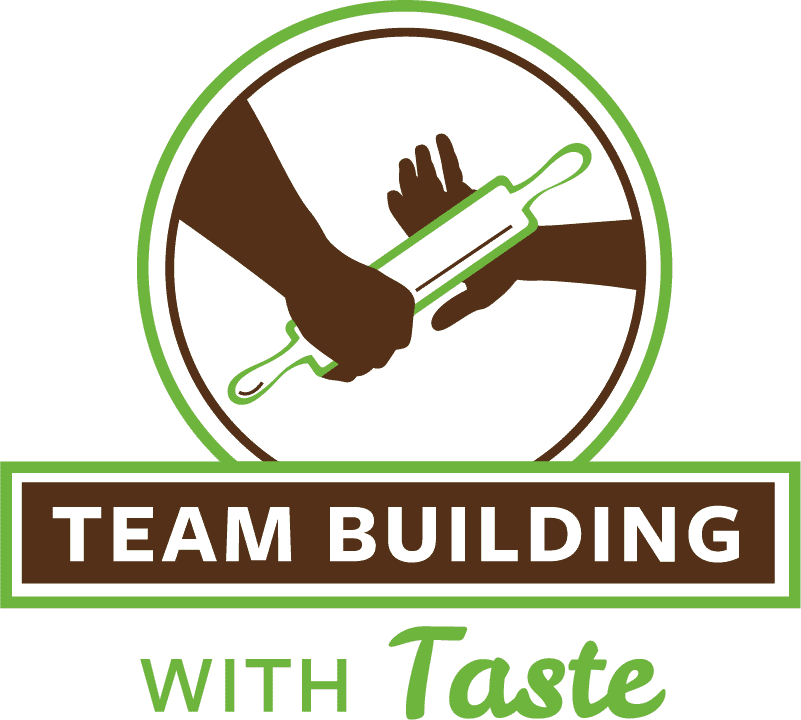Why Top High Performing Teams Excel

High performing teams may seem a dream if your team is stuck on ‘the project that never dies’, everyone is blaming each other for the problems, and morale is low.
But don’t despair! It’s not too late to change that dynamic, and start producing successful results. Your team can achieve and excel. It may be time to turn your team into a high performance team.
What is a High Performing Team?
 High performing team refers to a team or group which achieves superior results on their assigned projects. They consistently excel in comparison to other groups of similar size, and outperform expectations on a consistent basis.
High performing team refers to a team or group which achieves superior results on their assigned projects. They consistently excel in comparison to other groups of similar size, and outperform expectations on a consistent basis.
The high performing team model features individuals who are extremely focused on goals, trust each other, are capable of resolving conflict among themselves, and can collaborate creatively to find solutions to problems.
A high performing team will act more independently than many other teams. Leadership is generally a shared responsibility among all team members, depending on whose skill set is best suited for the issue at hand. Team members have complimentary skills, and as such may have flexible, interchangeable roles.
Characteristics of High Performing Teams
 There are many characteristics which contribute to a high performing team, but there are some tendencies and trait sets commonly found across high performing teams.
There are many characteristics which contribute to a high performing team, but there are some tendencies and trait sets commonly found across high performing teams.
- Clear and Defined Goals: When teams know exactly what their goal is, everyone can devote all of their energy towards achieving that goal. When the goal is ambiguous, individuals may have a different interpretation, resulting in confusion, miscommunication, and ultimately, stunted productivity.
- Open Communication: Teams which can communicate openly about their opinions, preferences, and disagreements will be able to resolve issues far more quickly than teams which close themselves off to each other.
- Effective Conflict Management: Conflicts happen, and conflict resolution is the best way to clear the air. Without proper resolution, conflicts can turn into resentment and hostility, and hinder a team’s progress.
- Participative Leadership: Team members share the responsibility of leadership, which means that the person best suited for a given task will rotate throughout a project.
- Effective Decision Making: The ability to collaborate, make a decision, and then enact that decision efficiently is essential to improved productivity.
- Defined Roles: Every team member knows what their role is in relation to the project, and support the project from their specific capacity. They clearly understand their boundaries, and do not try to overstep those boundaries.
- Mutual Trust: Team members that can trust each other will look out for each other, and provide a comfortable environment.
- Positive and Open Atmosphere: Hand-in-hand with trust, a positive and open atmosphere helps teams to feel free and autonomous while pursuing their goals.
- Coordinative Relationships: As a result of defined roles, trust, and a positive and open atmosphere, team members are able to communicate and coordinate tasks and responsibilities in order to consistently achieve success.
Building High Performance Teams
High performance teams are highly sought after, and for good reason. A low maintenance team with high productivity is an ideal combination. Fortunately, there are a few ways to build high performance teams.
- Define a clear goal that everyone can work towards, as well as an action plan towards achieving the goal.
- While goals are admirable, those goals alone aren’t enough. A leader needs to invest some time and effort to inspire people, and get them interested and invested in achieving that goal.
- Build trust and open lines of communication. Start by being genuine and clear – meaning what you say, and reinforcing this by your actions. Team building activities can also help build trust and communication.
- Integrate the business’s goals with the individual’s social needs. Employees will be more enthusiastic and caring when they are involved in the decisions which will ultimately affect them.
- Set and maintain operating principles that everyone can agree on – basically a value set. If these values are inconsistent or not communicated clearly, then individuals don’t have a strong frame of reference to work from. These operating principles are essential when problems arise, as everyone will be able to look back on those operating principles and agree on how to proceed. If one team member has heard one principle, and two more have heard a different one, then conflict and confusion – and thus inefficiency – is inevitable.
- Bring your team into the decision making process when setting these operating principles. They’ll feel included in the company’s goals, as well as more motivated to contribute when seeing that their opinion matters.
- Shared accountability helps teams maintain operating principles. Everyone needs to be able to agree how to keep each other accountable, and do so in a trusting environment.
Team Building with Taste
Team Building With Taste is a novel approach to the traditional model by introducing team building over cooking. It takes a team that communicates and cooperates to put together a multi-course meal. There’s no better way to get people talking than to introduce food, since everyone can relate to food.
Maybe your team isn’t a high performance team – yet. Team building takes practice, as well as some trial and error. Team Building With Taste provides all the tools, equipment, and most importantly, the platform for your team to begin their journey towards becoming your office’s new high performance team.

